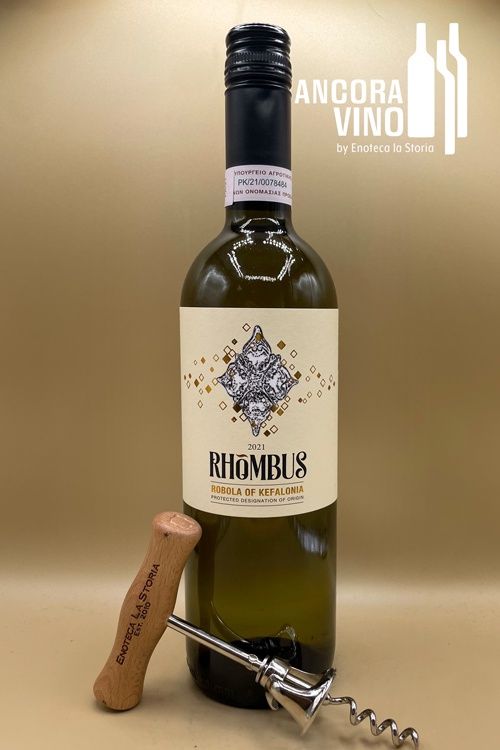2021 Gentilini Robola of Kefalonia 'Rhombus'
The grape Robola, originally thought to be the Ribolla of Italy but now is thought to be distinct, is known for its high acidity and phenolic character. It is rich but has a vibrant quality that gives the wine a Chablis-like mouthfeel and character. The vines are ungrafted on poor limestone and gravelly soils. This wine sees a light pressing for low extraction and light lees stirring before filtration and bottling. It’s a fresh and citrus driven wine that is as pure and mineral driven as the limestone island from upon which it came.
Tasting Notes
The wine opens with notes of lemon zest and green apples on the nose. But this wine is really all about racy acidity, with aromas playing second fiddle, and that is totally fine. The palate is vibrant and zippy, with prominent stone fruit and wet rock minerality. If you are about to throw down on a shell fish fest you cannot go wrong with this awesome grape from an Ionian Island.
About Gentilini
The Gentilini family traces its roots back to Italian nobility in the 16th century when Marino Gentilini was sent abroad to establish forts on the island of Cephalonia (Kefalonia). Marino eventually married and settled on the island where his descendants still reside. The winery itself was not established until the late 1970s, when Spiro-Nicholas Cosmetatos returned from studying abroad at the Wine Institute of Stellenbosch and decided to plant indigenous grape varieties and produce some of the best wines the region has to offer. Cephalonia is part of the Ionian Island chain in western Greece. This island is ideal for wine production, as the tallest mountain in the chain, Mount Ainos, is located here giving higher altitude and a cooling effect on the vines. The soils are made up of primarily limestone, making the tense and nervy whites of the region.

